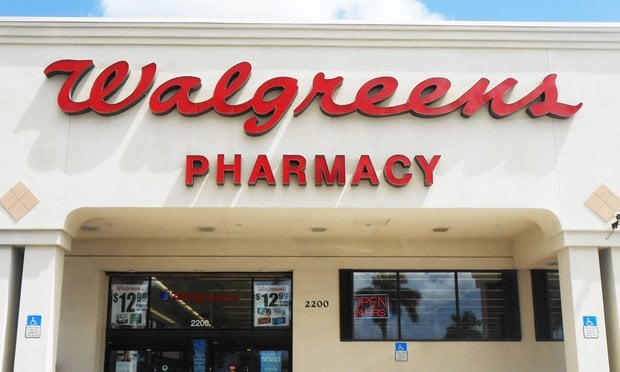 Photo: Spotmatikphoto via Adobe Stock
Photo: Spotmatikphoto via Adobe Stock
Hospital service prices increased by more than 220% between 2000 and 2022, which was more than twice the rate of inflation and that of other medical services.
"Hospitals often justify their price increases by citing higher expenses due to labor shortages in the health care workforce resulting from the pandemic," according to a report from Rice University's Baker Institute for Public Policy. "However, hospital prices have been rising faster than those for other medical services long before the COVID-19 pandemic's beginning in 2020."
Recommended For You
The study's authors used data from the National Academy for State Health Policy and Turquoise Health to analyze the relationship among hospital prices, operating costs and profit, particularly in light of this year's No Surprises Act, which requires hospitals to disclose their negotiated rates with insurers.
"Price variations for outpatient and inpatient procedures are substantial, with commercial prices often significantly higher than Medicare prices," said Vivian Ho, lead author and James A. Baker III Institute Chair in Health Economics.
The report compared commercial operating costs, net patient revenue from commercial patients and commercial operating profits of hospitals with different price levels to examine if higher prices are charged to cover higher costs or to generate higher profits. It examined both outpatient and inpatient services across 1,715 hospitals.
"We found that higher inpatient prices are linked to increased revenues and profits, while there's no significant difference in operating costs between high- and low-price hospitals," said Derek Jenkins, postdoctoral scholar in health economics.
The analysis found that although higher inpatient prices may reflect marginally higher costs, they predominantly lead to substantially higher profits. This emphasizes the need for policymakers to focus on negotiated rates to enhance affordability in health care.
"Hospitals with higher inpatient prices may have marginally higher costs than lower-price hospitals," the report concluded. "They also earn substantially higher commercial revenues per adjusted discharge, leading to higher profits. Hospitals with higher outpatient prices earn significantly higher profits compared to those with lower prices. Meanwhile, higher outpatient prices are not associated with higher operating costs in our sample.
"Furthermore, our results suggest that high prices are not simply a response to high operating costs; rather, they are associated with larger hospital operating profits. To promote affordability in the health care system, negotiated rates for health services should remain a priority for policymakers."
© 2025 ALM Global, LLC, All Rights Reserved. Request academic re-use from www.copyright.com. All other uses, submit a request to [email protected]. For more information visit Asset & Logo Licensing.








